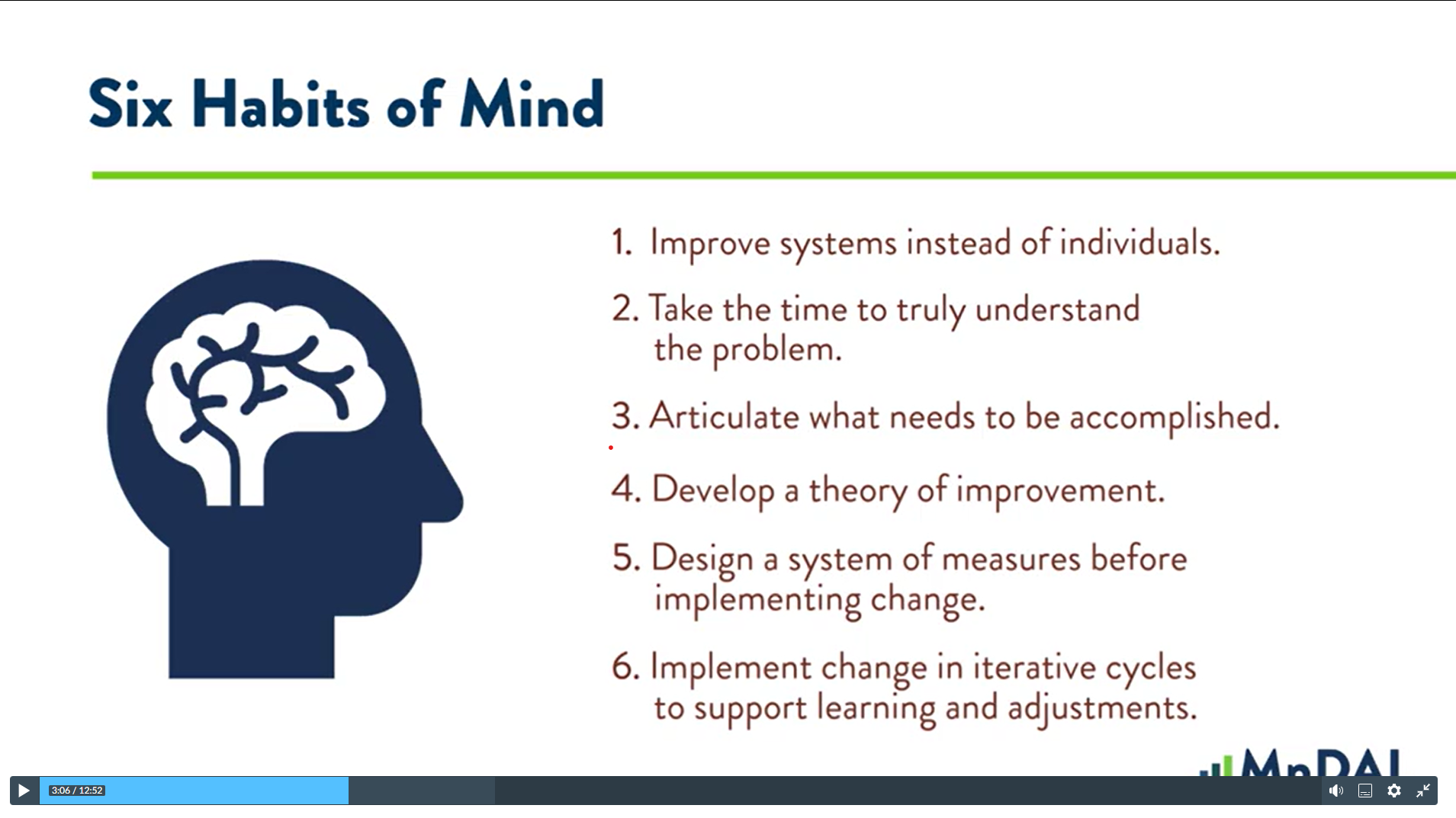Data Inquiry Resources
Data play a central role in improving educational outcomes. Whether we are focused on individual students or making program improvements, selecting the right data for a given purpose is essential. Educational systems often place primacy on assessment data, particularly large-scale assessment data, but these data do not provide a complete picture of learning from which to make instructional decisions. Selecting data wisely and thinking broadly about the forms data can take can open possibilities for equity and improvement.
The resources on this page can help leaders and teachers to select the right data sources for their information needs and to collaboratively make sense of the data using different discussion protocols. The selected resources below are from the Minnesota Data and Assessment Literacy course for Teachers and Leaders, Strand 4: Data use for Continuous Improvement and Equity.


